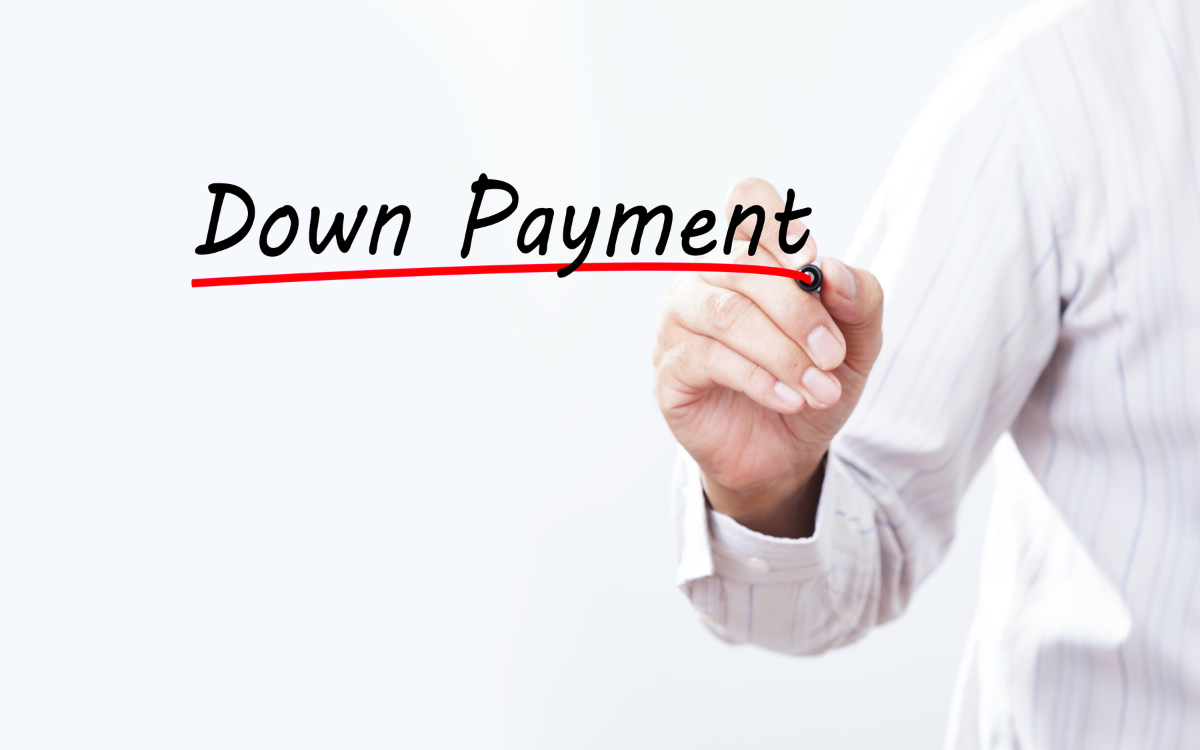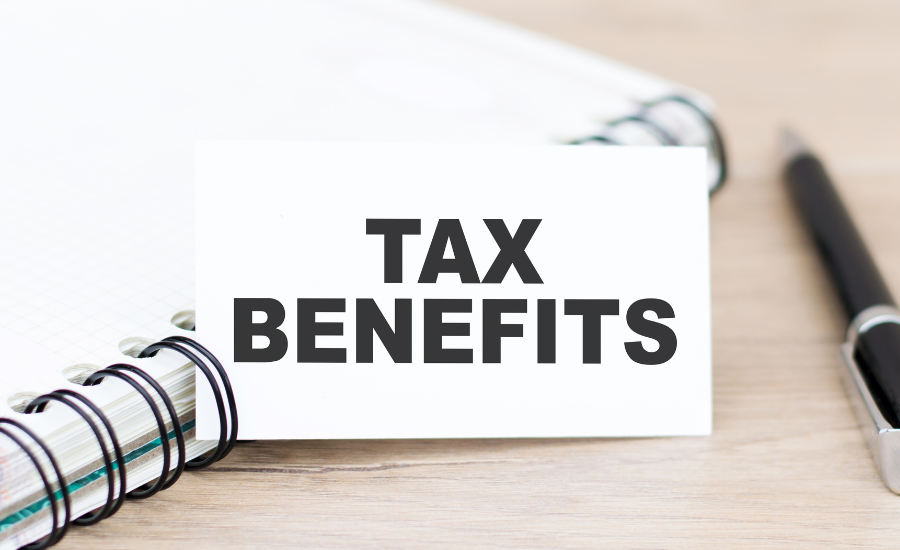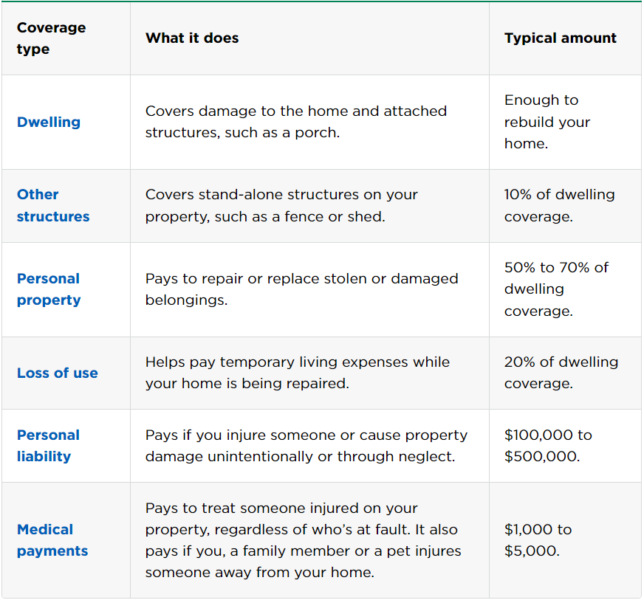Many real estate markets across the country right now are marked by low inventory. This is due in large part to higher interest rates, making new mortgages more expensive and hindering construction starts. Homeowners who might like to move (and thus put their home on the market) are not willing to give up a lower interest rate on their mortgage to take on a notably higher rate for a mortgage on the property they might buy. Many people are feeling locked in; there are fewer sellers, and thus, inventory is significantly reduced.
In a low inventory environment, even when fewer active buyers are pounding the pavement, it’s common for a well-priced and well-presented property to attract attention and possibly receive multiple bids. So buyers today should be prepared for competition when they’re ready to make an offer on a well-priced property. And if sellers have truly priced their property in line with today’s nuanced market conditions, they should prepare for the possibility of multiple bids. Most sellers hope for a bidding war when they list, but a competitive bidding situation can fall apart quickly if not handled properly by all parties.
Will We See Bidding Wars This Spring?
Each year, spring brings new market activity, even in a high interest rate environment. “With seasonal demand starting to tick up, we are seeing more bidding wars than expected, given the generally low volume of the market,” says John Walkup, co-founder of Urban Digs, a New York City data and analytics company that tracks Manhattan and Brooklyn real estate. “For many people, there is only so long you can postpone a move, so as those forces run into continual tight supply, you’re going to see bidding wars spring up where, on paper, at least, there should be easy deals for buyers.”
With the spring market almost upon us and interest rates ticking down, it’s likely that many buyers will come off the sidelines, adding to the competition in this low inventory market. “It’s a question of alternatives,” says Walkup. “In a ‘normal’ market, a buyer might be able to find an alternative home within a few weeks as more listings come on. In a tight supply market, that timeline could be extended to months, so a ‘finders keepers’ mindset takes over because the opportunity cost of losing a deal is much higher. That focuses conversations on the cost of not bidding aggressively when the time comes. In a nutshell, agents need to help their buyers understand that lowball bids will likely fail in today’s lower inventory environment.”
If a buyer loves a property and wants to beat out the competition, there are certain strategies they may employ. Additionally, and perhaps less obviously, the seller and listing agent need to handle the bidding war properly, or they run the risk of upsetting all of their suitors and ending up with nothing. A badly managed bidding war can end in disappointment for the seller if the potential buyers feel misled or used – after all, no one wants their offer shopped around.
If you are in the market right now, here are a few evergreen best practices for buyers and for sellers to navigate a bidding war, no matter the market conditions. “Four walls and a roof don’t change,” says Gail Roberts, a realtor with Coldwell Banker in Cambridge, Massachusetts. “The rules of the game haven’t changed, even if market conditions have. When properties are priced well and show well, there’s a good chance they will get multiple bids. The market will always tell us what a property is worth.”
How to Navigate a Bidding War as a Buyer
For buyers, a proper offer on a home includes a strategic number (offer price), a proposed closing date, and financing terms. A buyer should arrive at each of these three terms based on the comps, as well as timing and financial needs. Arming yourself with current and relevant data and information will help you approach the process with confidence and efficiency, which can work to your advantage. And when it’s time to make an offer, being flexible and friendly are two of the best ways to win over the seller and/or the listing agent.
Get smart. The buyer or the buyer’s agent should schmooze with the listing agent and get some intel. Who are the sellers and what are the factors that will influence their decision? Is the seller an investor looking to cash out? An older couple selling their long-held nest egg? If the seller is moving, do they know where yet? And have they emotionally moved on to this new property and chapter of life? If the seller has flexibility on a closing date versus a need to sell quickly, this timeline may greatly influence how they assess offers. And who are the other buyers? Are the other offers all cash? Are there contingencies you can waive to strengthen your position in comparison with the other bidders? Information gathered about the seller and about competition helps a buyer craft a more compelling offer.
Jump in early and come prepared. If you love a property, make an offer. That offer should include not only your bid but also accompanying documentation like a loan preapproval letter or proof of funds. This shows that you’re serious, and should give the sellers confidence that your financing won’t fall through. Start the negotiation quickly, before another shark enters the water. Being first in the swimming pool has its advantages, as many sellers feel a sense of loyalty to the first bidder. Even if someone else comes along, a smart listing agent will circle back to the first buyers who submitted an offer to see if they can improve their bid. If you start a negotiation before another buyer, you won’t be negotiating against the competition (yet).
If you can, drop contingencies and be flexible. “For a buyer, the cleaner your offer, the better,” says Roberts. “This includes a certain amount of flexibility with dates and terms, especially in a competitive market.”
Sometimes, the best offer isn’t the highest. If two offers come in and the higher bid comes with many contingencies (financing, appraisal, inspection contingencies, etc.), the seller may go with the lower number. Talking with the listing agent can give you some insight as to which contingencies can be dropped, and a window into what the competition’s offer comes with.
Decide beforehand when you’re OK walking away. If you’ve done your homework, then you know the comps and you have a good idea of the subject property’s value. Are the sellers being overly ambitious with their asking price? Or did they price it tightly, so if you bid above the asking price you’re still in the ballpark of market value? More importantly, how much can you afford? At a certain number, the property won’t be attractive anymore, so identify that number beforehand and be ready to walk away without regret. Stay cool-headed and don’t let your emotions get the best of you – buying a home is an emotional process, so make sure you understand the numbers and the math beforehand.
Take note also: “How bad will you feel if someone else gets it for just a small amount more than your bid?” asks Roberts. “A good agent helps a buyer understand the market, and can educate you to say ‘this is the value for me’ and to not regret losing a property.”
Make it personal. It may sound silly, but a flowery personalized letter to the sellers along with your offer can add a human touch and differentiate you from the competition. A warm and fuzzy letter may appeal to the sellers, making them feel good about choosing you over the other bidders. Perhaps you remind them of themselves 20 years ago, passing along a dream home from one family to the next. Flattery can go a long way. That said, “your offer should speak for itself,” Roberts says.
Strategize. One tool that buyers can call upon in a bidding war is something called an escalation clause. An escalation clause is “a tool to stay above other offers coming in, while not potentially going over budget, or wildly outbidding any other offers,” says Kate Jay Zweifler, a realtor with Berkshire Hathaway HomeServices Fox & Roach in Philadelphia. “An escalation clause is an addendum to an agreement of sale that will automatically increase the amount of the purchase price above any other offers in competition, up to a certain amount set by the buyer.”
“However,” says Zweifler, “this is a strategy that comes with its own risks. In a bidding war, sellers are looking for a decisive and strong best and final offer, and they don’t want to drag the process out in small increments. And if there’s emotion wrapped up in the sale, it can be tricky to use an escalation clause. In those cases, sellers want to feel that the buyer really wants the home and isn’t playing games.”
End with an odd number. If your offer is almost identical to another offer, add a few dollars to your offer to tip you over the edge.
How to Navigate a Bidding War as a Seller
Pricing a home correctly is the first step in laying the groundwork for a bidding war. “To get the right buyers, you need to nail the right asking price,” says Roberts. Pricing too ambitiously is often a turnoff for many buyers, but “pricing too low doesn’t help buyers understand how high they need to go. Price with energy that makes buyers say: ‘This seems fair. I don’t want to lose out.’ ”
Roberts adds: “I want to hear buyers say to their broker: ‘How high do you think we have to go?’ I don’t want to hear them say: ‘What do you think they’ll take?’ or ‘What’s it really worth?’ I don’t want them to question the value.”
For sellers, properly handling this exciting but likely stressful process is paramount and an experienced real estate agent should be able to guide you. Above all, it is important to manage the offers and buyers so nobody feels misled. Sellers and their agents must keep in mind that many buyers who enter a bidding war might have already lost out on another property, so their emotions may be running high. This is especially true when inventory is low. You should be timely in your response to each offer, and also do the following:
Get smart: Who are the prospective purchasers? Sellers and their agents should gather as much information as possible about each buyer. Are they financing or all cash, and if they’re taking out mortgages, have they submitted preapproval letters from reputable financial institutions to accompany their bids? What is the debt-to-income ratio for each party? Are these buyers flexible on the closing date? All of this is relevant in helping to choose not just the right buyer from the pack, but also the best backup offer just in case the first deal falls through. Sometimes the winning bidder gets cold feet, so keep those backups in play.
During the process, stay in close communication with all bidders. “We need to get back to our prospective buyers in a timely fashion,” Roberts says. “Sellers should not be unreachable during this process, even if they’re in another time zone.”
Know that the best offer might not be the highest. Even if one party is offering you more money, it might not be the best offer. Money is money, but a cash offer is generally stronger than an offer that comes with financing. An offer that includes a mortgage will take longer to close than a cash deal, and if the buyers’ financial profile is at all questionable (for example, how is their credit?) there’s a chance they might not secure their financing, especially if they are heavily invested in unstable assets. And do these offers come with contingencies? Offers that have an inspection contingency waived might be particularly attractive, for example.
If financing is involved, the seller must understand the buyer’s financial profile and their likely ability to secure a loan. But if the purchase requires further approval, perhaps from a homeowners association or from a co-op or condo board, then vetting each buyer is even more relevant and imperative. It’s possible that the second-highest bidder might have a more straightforward and simple financial profile, and thus be more of a slam dunk to make it to the closing table. For example, if the highest bidder is taking out a large mortgage and presents a financial profile that includes student debt, outstanding child support payments or a lackluster credit score, it might be wiser to accept a lower bid that might be all cash from a buyer with no debt.
Leave the door open with your backups. In a competitive bidding situation, buyers can become overly enthusiastic, get caught up in the moment and bid above their comfort level or well above their perceived value of the property. There is always a good chance that the winning bidder may walk away for any number of reasons, including buyer’s remorse or a reassessment of value after a few nights of sleep while the contract is being drawn up. It is prudent to stay in touch with the backup bids and keep them in play, if possible, to be called upon if needed.
Even if the market is slow, in low inventory environments bidding wars should be expected for well-priced properties. The New York City market, for example, seems sluggish, but the data tells a different story. “About 20% of deals are trading at or above the asking price,” says Walkup. “In a true buyer’s market, this would be lower. Historically, discounts for deals signed within 30 days remain very low, including for Q4 2023. This is a sign that the market remains robust and transactional.”
Of course bidding wars are more common under certain housing market conditions than others, but a great property that is priced well will almost always get the attention it deserves. And for buyers, it’s important to note that just because there isn’t a bidding war and you’re the only interested party, it doesn’t mean it’s not a great home. If it’s meant to be, well, it’s meant to be.
Source: realestate.usnews.com ~ By: Steven Gottlieb ~ Image: Canva Pro











